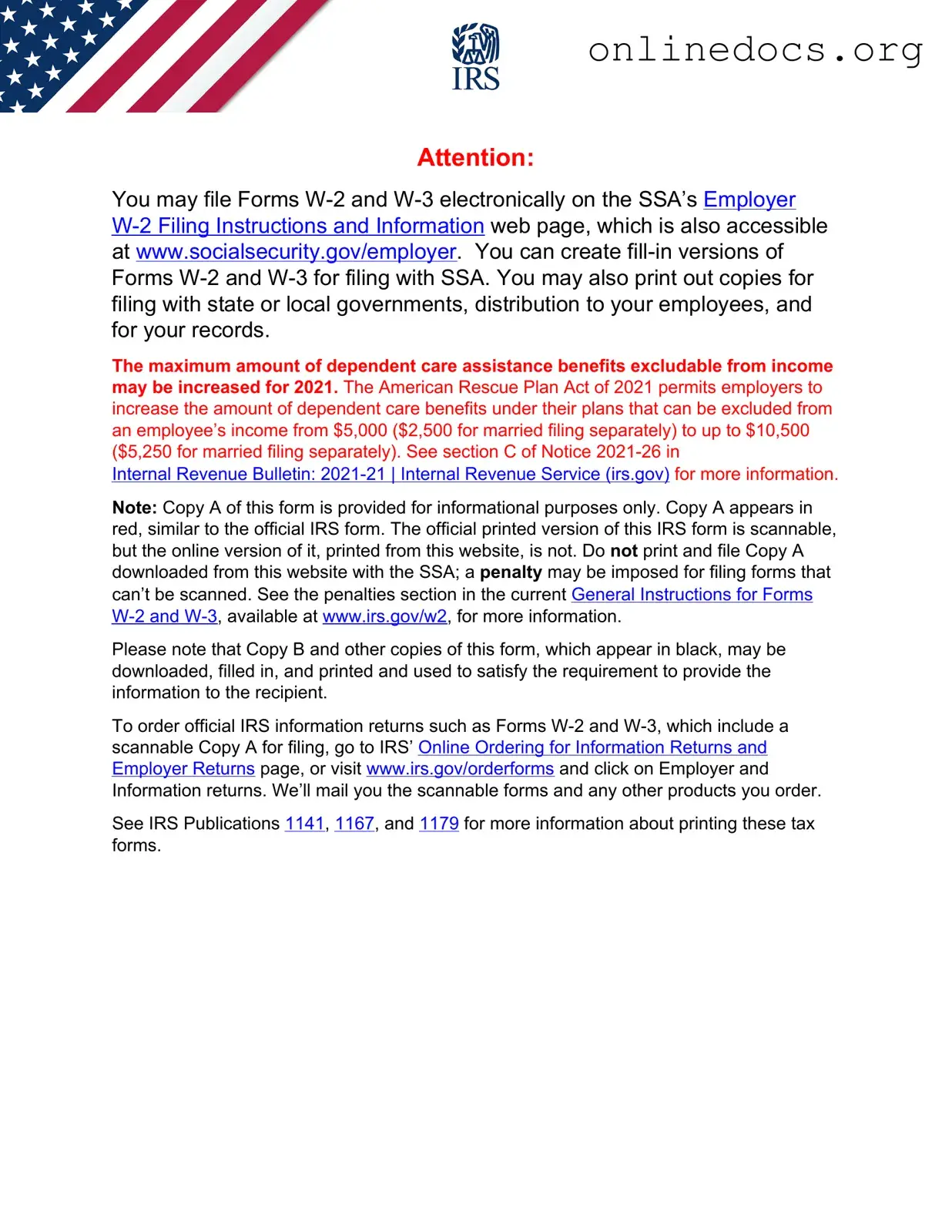The 1099-MISC form is similar to the W-2 in that it reports income earned by individuals who are not classified as employees. Freelancers and independent contractors receive this form, which details payments made to them throughout the year. Like the W-2, the 1099-MISC must be provided to the recipient and filed with the IRS, ensuring that all income is accurately reported for tax purposes.
The 1099-NEC form serves a similar purpose to the W-2 but is specifically used for reporting non-employee compensation. This form is issued to independent contractors and freelancers who earn $600 or more during the tax year. Both the W-2 and the 1099-NEC require the payer to report the total amount paid, allowing the IRS to track income and ensure compliance with tax obligations.
The 1098 form is used to report mortgage interest paid by a borrower. Homeowners receive this form from their mortgage lenders, detailing the amount of interest paid during the year. While the W-2 focuses on wages and salaries, the 1098 helps taxpayers understand their potential deductions, thereby influencing their overall tax liability.
The 1042-S form is issued to foreign individuals and entities that receive income from U.S. sources. Similar to the W-2, it reports income and withholding amounts, but it specifically caters to non-residents. This form ensures that foreign taxpayers meet their tax obligations in the United States, just as the W-2 does for domestic employees.
The Schedule K-1 form is issued to partners in a partnership or shareholders in an S corporation. This form details each partner's share of income, deductions, and credits, much like the W-2 outlines an employee's earnings. Both documents play crucial roles in tax reporting, helping individuals accurately report their income on their tax returns.
When handling the sale or purchase of a motorcycle, it is essential to have a proper documentation process in place. This is where the use of a California Motorcycle Bill of Sale becomes important, as it ensures a legal transfer of ownership. More information about this document can be found at https://californiapdfforms.com/motorcycle-bill-of-sale-form/, where you can also access the necessary forms to facilitate your transaction smoothly.
The 1099-G form reports certain government payments, such as unemployment compensation or state tax refunds. Like the W-2, it provides recipients with necessary information to report income accurately. This ensures that individuals understand their tax responsibilities and can file their returns correctly.
The 1040 form is the individual income tax return that taxpayers file with the IRS. While the W-2 provides the income information, the 1040 is where that information is reported. Taxpayers use the W-2 to complete their 1040, making it a critical component of the overall tax filing process.
The 1099-R form reports distributions from retirement accounts, pensions, and annuities. Similar to the W-2, it provides important income information to the recipient and the IRS. This form ensures that individuals account for retirement income when filing their taxes, just as the W-2 does for earned income.
